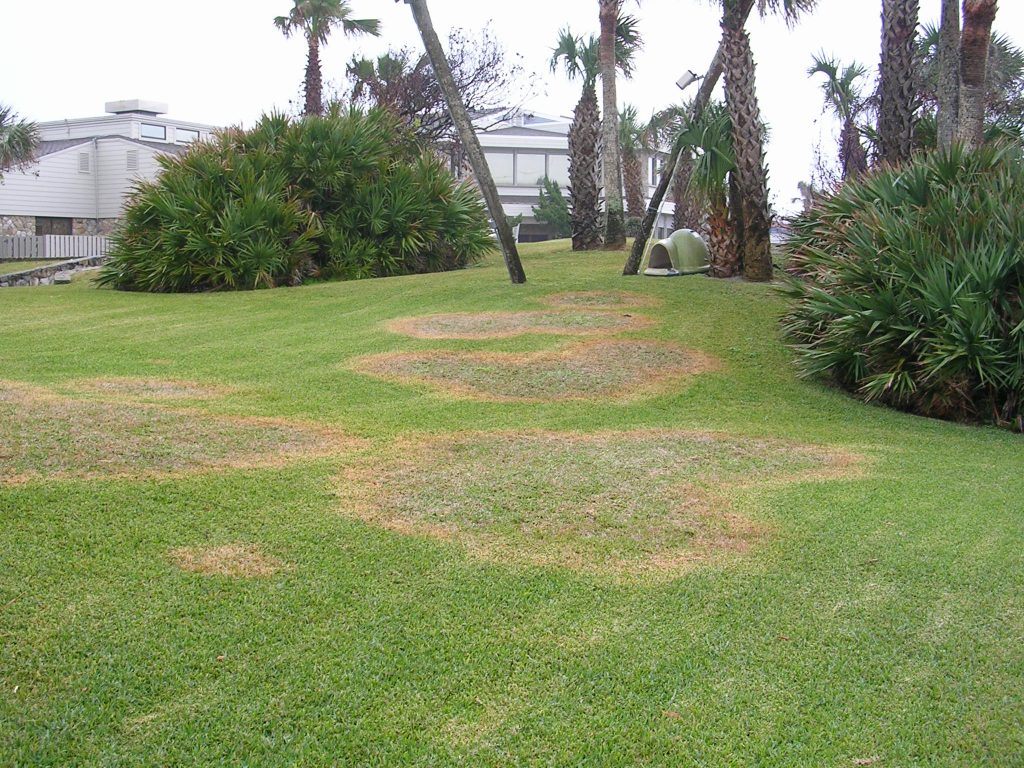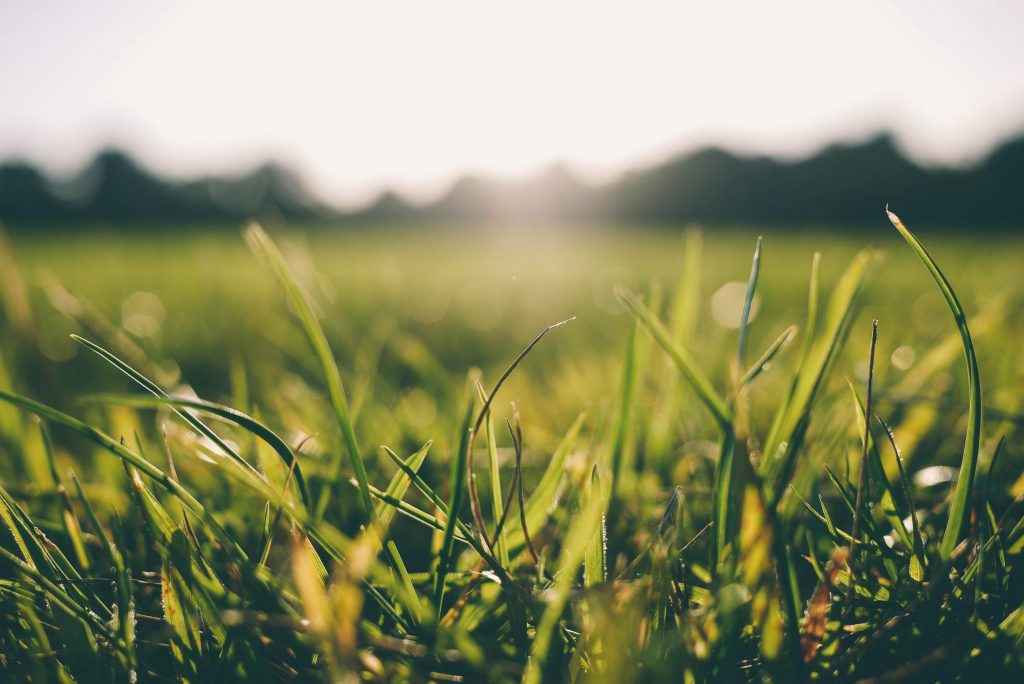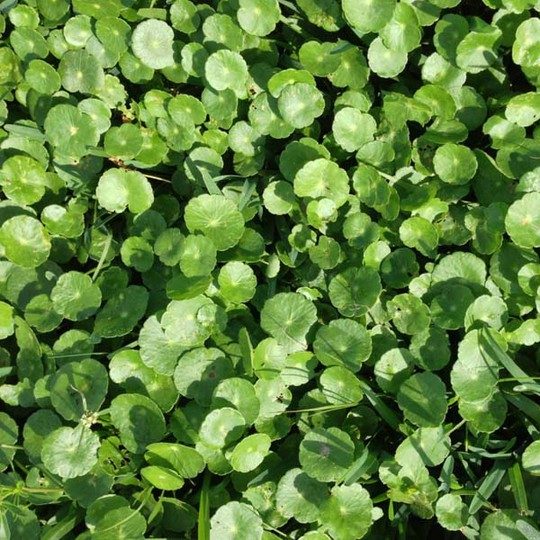Winter can be a tough season for your lawn, bringing numerous challenges that affect its health and appearance. From frost damage to pest infestations, understanding these common winter lawn issues will help you take proactive steps to maintain a lush, green yard. Massey Services’ landscape experts will help you identify common winter lawn issues, including winter lawn disease. Dealing with lawn problems by yourself can be daunting. However, with a professional guiding you, you don’t have to tackle this alone.
Frost Damage
One of the biggest threats to your lawn during winter is frost damage. When temperatures drop, the moisture in grass blades freezes, making them brittle and susceptible to breaking underfoot. Walking on a frost-covered lawn can cause long-lasting damage, leading to brown patches in the spring.
Prevention Tips:
Avoid walking on your lawn when it’s frosty
Keep your grass slightly longer before winter to provide insulation
Water your lawn properly before the first frost to ensure healthy roots
Snow Mold
Snow mold is a fungal disease that appears as matted patches of discolored grass when the snow melts. It thrives in cold, wet conditions and can leave your lawn looking unsightly.
Prevention Tips:
Mow your lawn before the first snowfall to prevent excessive moisture retention
Avoid excessive nitrogen fertilization in late fall, as this encourages fungal growth
Winter Desiccation
Cold winter winds can strip moisture from your lawn, causing winter dryness. This dehydration can lead to brown, lifeless grass patches.
Prevention Tips:
Water your lawn deeply in the fall to prepare it for winter
Use windbreaks, such as burlap screens, to protect exposed areas
Apply mulch around trees and shrubs to retain moisture
Compaction from Foot Traffic
Winter often means increased foot traffic due to snow play or shortcuts across the lawn. Repeated trampling can lead to soil compaction, making it harder for grass roots to absorb water and nutrients.
Prevention Tips:
Restrict traffic on your lawn during winter
Create designated walkways using stepping stones or gravel paths
Aerate your lawn in the fall to reduce soil compaction
Thatch Buildup
Thatch is a layer of dead grass and organic matter that accumulates between the soil and grass blades. While some thatch is beneficial, excessive buildup can suffocate the lawn and encourage disease.
Prevention Tip:
Manage thatch with proper nutritional and cultural practices as recommended by your trusted lawn maintenance provider
Improve soil aeration to encourage microbial activity that breaks down thatch
Poor Drainage and Ice Formation
Proper lawn drainage is essential for maintaining a healthy and resilient yard, especially during wet seasons.
Prevention Tips:
Improve soil drainage by aerating your lawn before winter
Ensure proper grading to direct excess water away from your lawn
Use sand or organic matter to improve soil permeability

Dormant Grass Turning Brown
Grass can naturally go dormant in cold weather, turning brown to conserve energy. While this is normal, some homeowners mistake dormancy for dead grass and overcompensate with fertilizers.
Prevention Tips:
Avoid fertilizing your lawn in winter
Keep your lawn clear of debris to allow proper air circulation
Reseed any dead patches in early spring for a quick recovery
Winter Weed Growth
While most weeds die off in winter, some species, like chickweed and annual bluegrass, thrive in cooler temperatures, competing with your lawn for nutrients.
Prevention Tips:
Apply a pre-emergent herbicide in late fall to prevent winter weed growth
Remove visible weeds before they spread seeds
Maintain a healthy lawn through proper fertilization and watering in fall

Additional Considerations for Winter Lawn Care
Soil Testing for Winter Preparedness
Winter lawn care isn’t just about preventing damage; it’s also about ensuring your soil is prepared for the next growing season. Conduct a soil test in the fall to determine its pH balance and nutrient levels. This will help you apply the right amendments to ensure a healthy lawn come spring.
Choosing the Right Grass Type for Winter Resilience
Some grass types are more resistant to cold weather than others. Cool-season grasses like fescue, Kentucky bluegrass, and ryegrass tend to fare better in winter than warm-season grasses like Bermuda and St. Augustine.

Conclusion
Taking proactive steps before and during winter can significantly reduce lawn damage and ensure a healthy, green yard in the spring. By addressing common issues like frost damage, snow mold, and soil compaction, you can protect your lawn from seasonal stress. Implement these preventative measures to keep your lawn in top shape all year round.
Maintaining a beautiful, healthy landscape on your own can be time-consuming, labor-intensive, and sometimes frustrating. Let the experts at Massey Services handle it for you! Schedule a free inspection today and enjoy a vibrant, thriving yard that will be the envy of your neighborhood.
For more expert lawn care tips, be sure to follow our blog and stay ahead of seasonal challenges!








